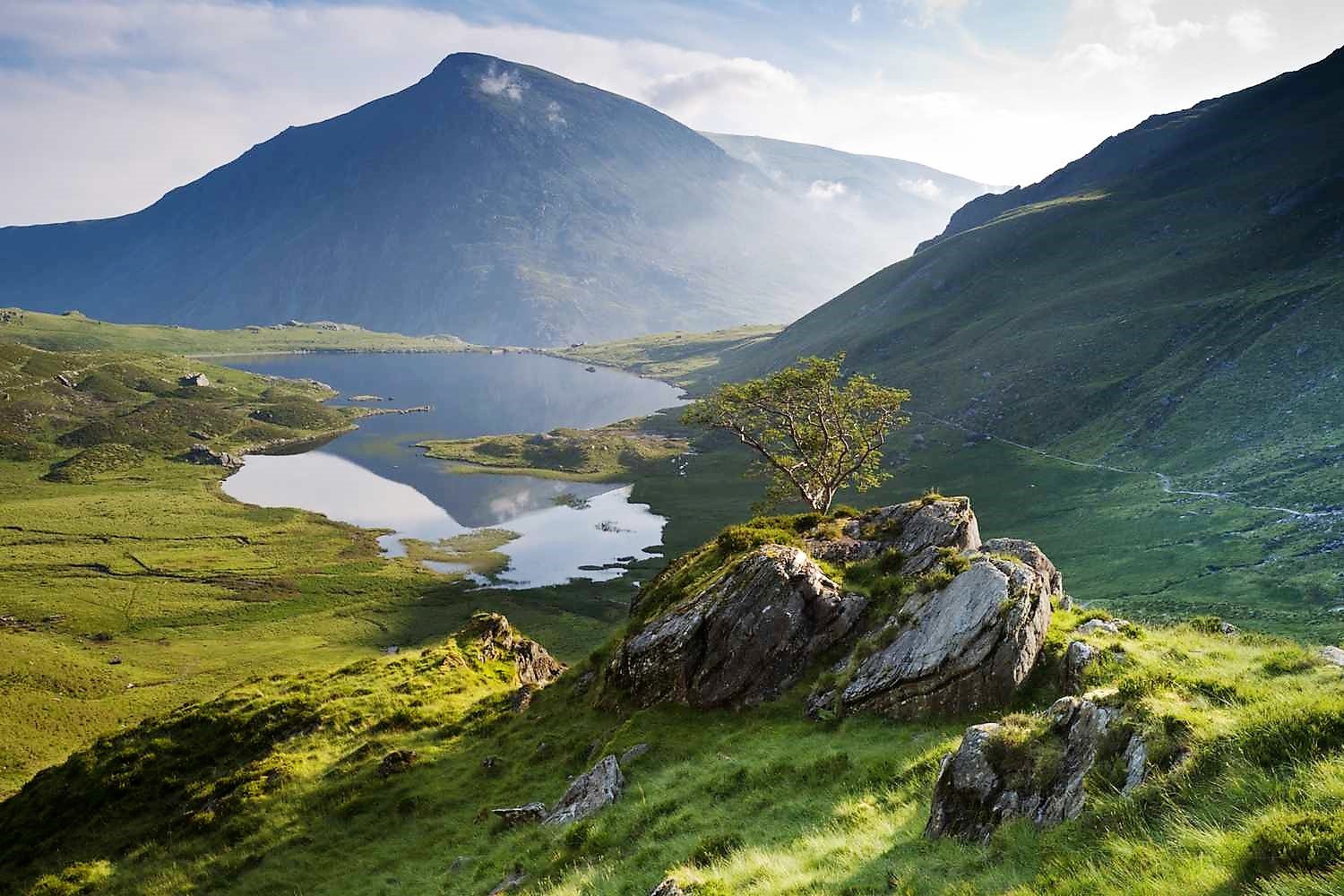When you’re deep in the wilderness, far from civilization, every rustling leaf or crackling twig can send your heart racing. Whether you’re hiking, camping, or simply lost in nature, it’s all too easy for fear to take hold. But while anxiety and panic are natural human reactions to danger, they often make situations worse. The key to survival, however, is learning how to stay calm in the face of fear.
In life-threatening situations, your body is naturally programmed to respond with a fight-or-flight mechanism. This reaction is helpful in some circumstances, but if you don’t control it, panic can cloud your judgment, cause rash decisions, and increase your chances of making a deadly mistake. So, how can you stay composed when faced with life-threatening dangers in the wild? Let’s break down a few vital strategies.
1. Understanding the Power of Calmness
Before diving into specific techniques, let’s talk about why staying calm matters. In life-threatening situations, your brain’s ability to think clearly and assess the environment can make all the difference. Calmness helps you access rational thinking, enabling you to evaluate risks, prioritize actions, and make decisions that increase your chances of survival.
2. Mindfulness: The Art of Being Present
Mindfulness isn’t just for yoga classes; it’s a survival skill that can help you stay grounded in high-stress situations. The act of focusing on the present moment, without getting overwhelmed by the “what-ifs” or future dangers, keeps your mind clear. Instead of imagining yourself being mauled by a bear or swept away by a flash flood, pay attention to the sounds around you, the temperature of the air, the feel of your breath. This shifts your mind away from fear and re-centers it in the here and now.
3. Breathing Techniques: Slow Down Your Heart Rate
The first step in calming your mind and body is controlling your breath. When you’re in a high-stress situation, your heart rate increases, and shallow breathing takes over. But by consciously slowing down your breath, you can activate the parasympathetic nervous system, which counters the stress-induced “fight or flight” response.
One simple breathing technique to calm yourself is the 4-7-8 method. Inhale through your nose for 4 seconds, hold the breath for 7 seconds, and then exhale slowly through your mouth for 8 seconds. Repeat this cycle for a few rounds, and you’ll feel your anxiety start to fade.

4. Assessing the Situation: Don’t Rush Into Panic
Fear often makes us act impulsively, but rushing into actions without clear reasoning can make things worse. The first step when faced with danger is to take a moment to assess the situation. What exactly is the danger? Is it a bear in the distance or a snake slithering past? Is the storm threatening your camp, or is it just a quick squall?
Take time to think about your environment, your options, and what immediate actions need to be taken. Breaking down the danger into smaller, manageable chunks will prevent you from feeling overwhelmed.
5. Prioritize Your Actions: Survival is About Small Steps
A huge part of staying calm is learning how to prioritize. When you’re in a life-threatening situation, your mind is flooded with potential actions. But you can’t do everything at once. Focus on the most urgent needs first.
For instance:
- Shelter: Is your shelter compromised by a sudden storm? Is it providing enough protection?
- Water and Food: Are you dehydrated? Is food readily available, or do you need to start a fire to hunt or forage?
- First Aid: If you’ve sustained an injury, stop the bleeding and stabilize your condition before you attempt to move or seek help.
By focusing on small, manageable tasks, you prevent your brain from becoming overloaded with anxiety. It’s a simple but effective way to regain control in the chaos.
6. Building Emotional Resilience: Reframe the Situation
The wilderness is unpredictable and wild, and it can challenge your mental fortitude. But emotional resilience is something that can be developed over time. If you constantly view every new challenge as a catastrophe, your stress levels will remain high.
Instead, try reframing the situation. Instead of thinking, “I’m lost. I’m going to die out here,” reframe it to, “I’m in a tough spot, but I’ve prepared for this. I can figure this out.” Recognize that hardship is a part of the wilderness, but it’s also an opportunity for growth.
7. The Power of Routine: A Sense of Control
In a survival situation, creating a sense of routine can help regulate your emotions. You might find it hard to think clearly if you’re constantly reacting to the unknown. However, establishing a series of small, manageable routines can provide structure to your day, even in the wild.
Start by doing simple tasks like checking your shelter or gathering wood for a fire. This helps keep your mind focused and gives you a sense of accomplishment. Moreover, routine activities are calming because they remind your body and brain that, despite the chaos, you are still in control.

8. Surrounding Yourself with Positive Thinking
Positive thinking is not about ignoring the reality of the situation but about approaching it with a mindset that aids your survival. When faced with danger, remind yourself of your strengths and the skills you’ve learned in preparation for this moment. Trust in the gear you’ve packed, the knowledge you’ve gained, and your ability to adapt.
Remember, your mindset has a profound impact on how your body reacts to stress. The more you focus on staying resourceful and optimistic, the easier it becomes to stay calm.
9. Practice Situational Awareness
Situational awareness is the ability to stay attuned to your surroundings, understand the threats, and adjust your behavior accordingly. Whether you’re lost, facing a wild animal, or caught in a natural disaster, paying attention to your environment is critical.
This means being aware of the weather conditions, animal behaviors, and potential hazards (like slippery rocks, unstable trees, or fast-moving water). The more you know about your environment, the more equipped you’ll be to handle the threat in a calm, calculated manner.
10. Physical Conditioning: Training for the Worst
Your physical health plays a massive role in your ability to stay calm. If you’re in peak physical condition, your body will be better equipped to deal with stress and physical exertion, which in turn helps you keep a clear mind.
Exercise in the wild, whether hiking with a heavy pack or practicing balance and flexibility, can reduce stress and prepare your body for the physical demands of survival. If you’re regularly engaging in physical activity, your body will respond to challenges with more confidence and less panic.
11. Training and Preparation: Equip Yourself with Skills
The more you prepare, the less likely you are to panic when things go wrong. By learning wilderness survival skills, you gain confidence in your ability to solve problems on the fly. Skills like fire-starting, navigation, basic first aid, and shelter-building will all come into play if you find yourself in a dangerous situation.
Knowing how to use your gear efficiently can also help you feel less anxious. For instance, knowing how to use a compass or GPS device to navigate your way out of the wild gives you a powerful tool against fear.
12. Keeping a Cool Head During Animal Encounters
One of the most common and feared situations in the wild is an encounter with wild animals. Whether it’s a bear, mountain lion, or a venomous snake, staying calm is essential.
- With Bears: Most bear attacks happen when the bear feels threatened. In these situations, your best bet is to slowly back away, avoid eye contact, and make yourself look larger by raising your arms or using a jacket.
- With Snakes: A snake will usually avoid confrontation if given the chance. Keep your distance and move away slowly, ensuring you don’t make sudden movements.
- With Mountain Lions: Never turn your back on a mountain lion. Make yourself appear larger by standing tall, waving your arms, and maintaining eye contact.
In these dangerous situations, panic can result in erratic behavior. Remaining calm allows you to use your knowledge and tools effectively, increasing your odds of survival.
Conclusion: The Power of Staying Calm
In life-threatening situations, especially in the wild, remaining calm is the cornerstone of survival. Panic clouds judgment, while calmness sharpens it. Whether through breathing exercises, mindful awareness, or effective preparation, you can learn to regulate your response to fear. The wild will always be unpredictable, but with the right mindset and techniques, you can handle the unpredictability with poise and confidence.























